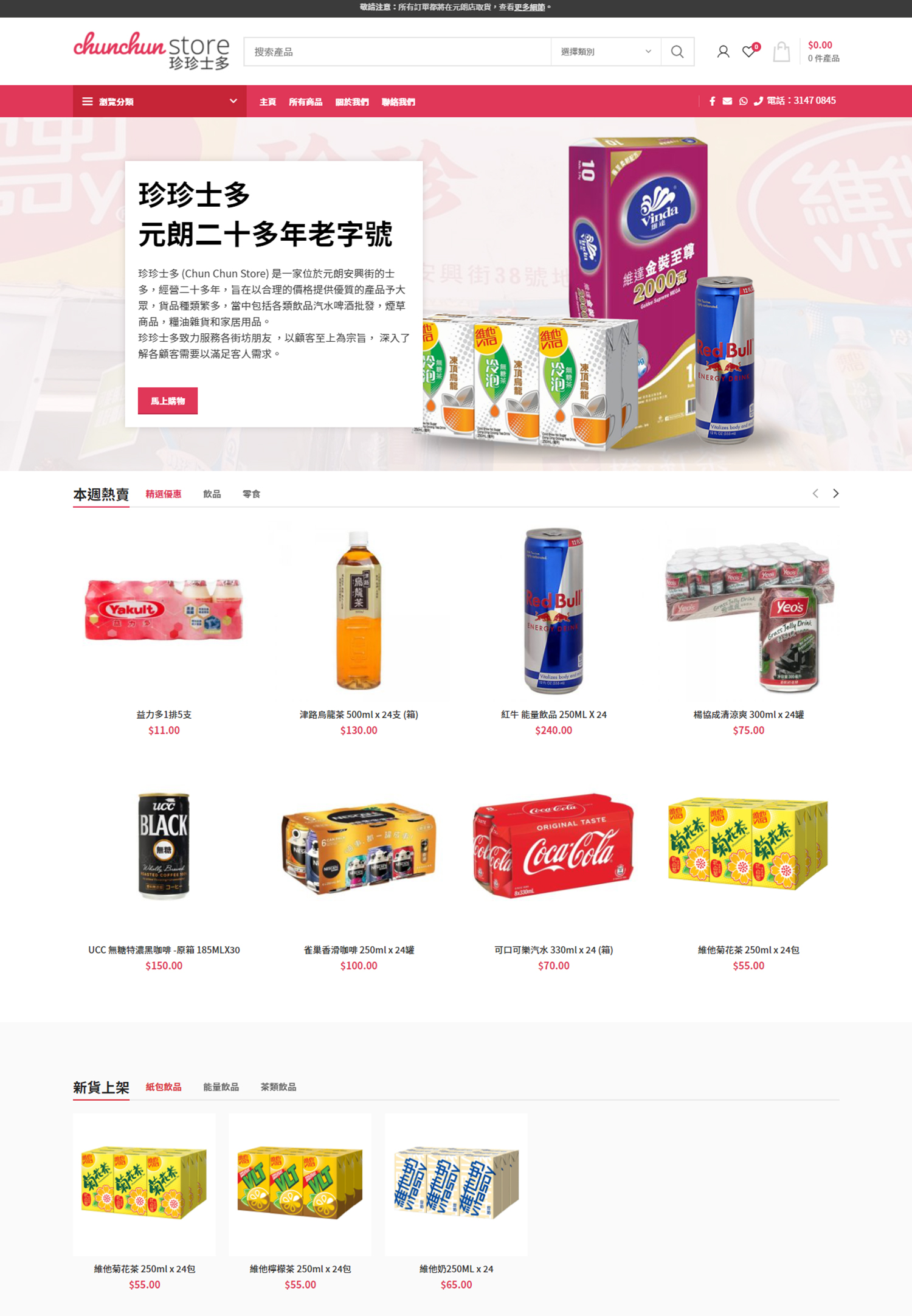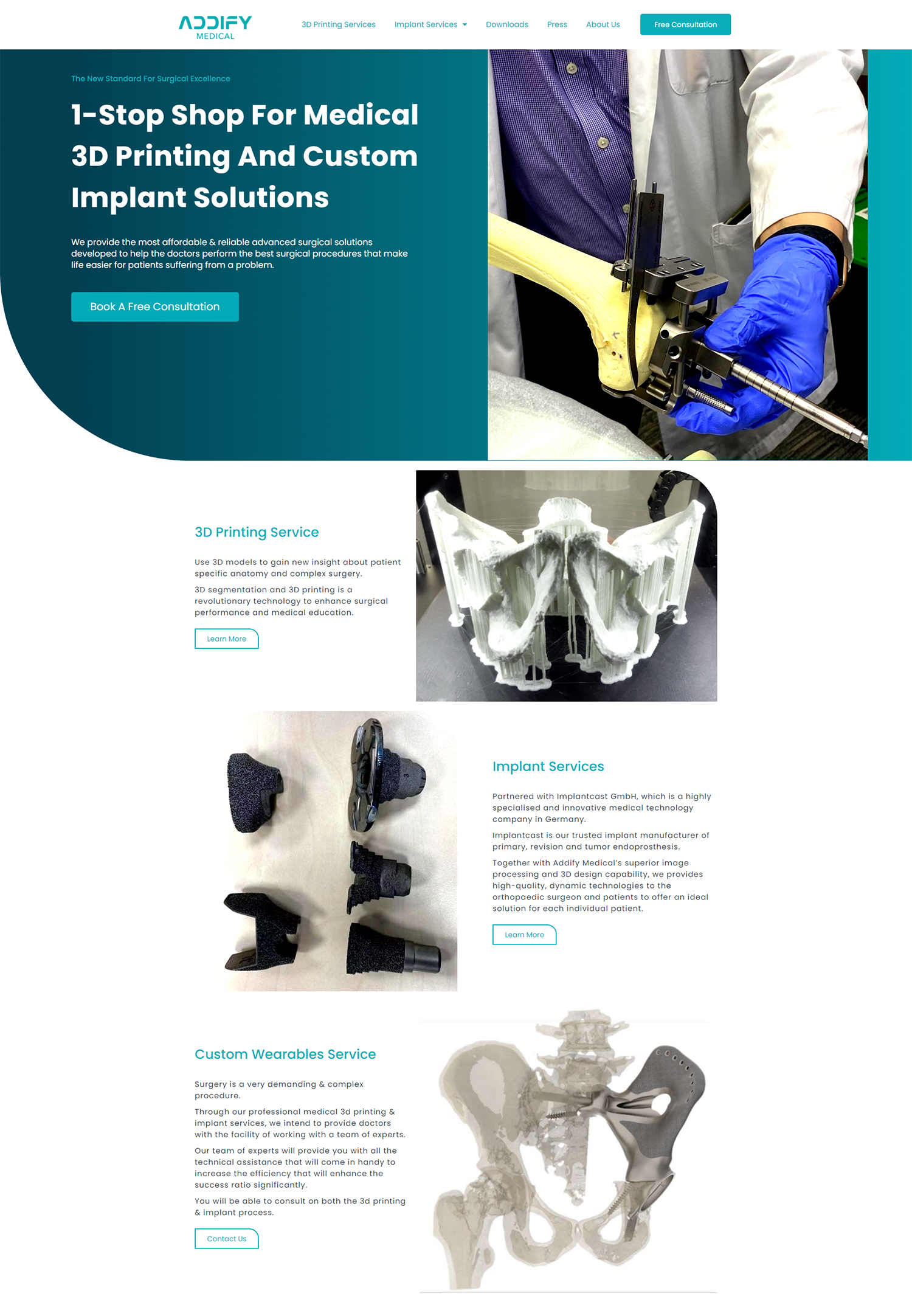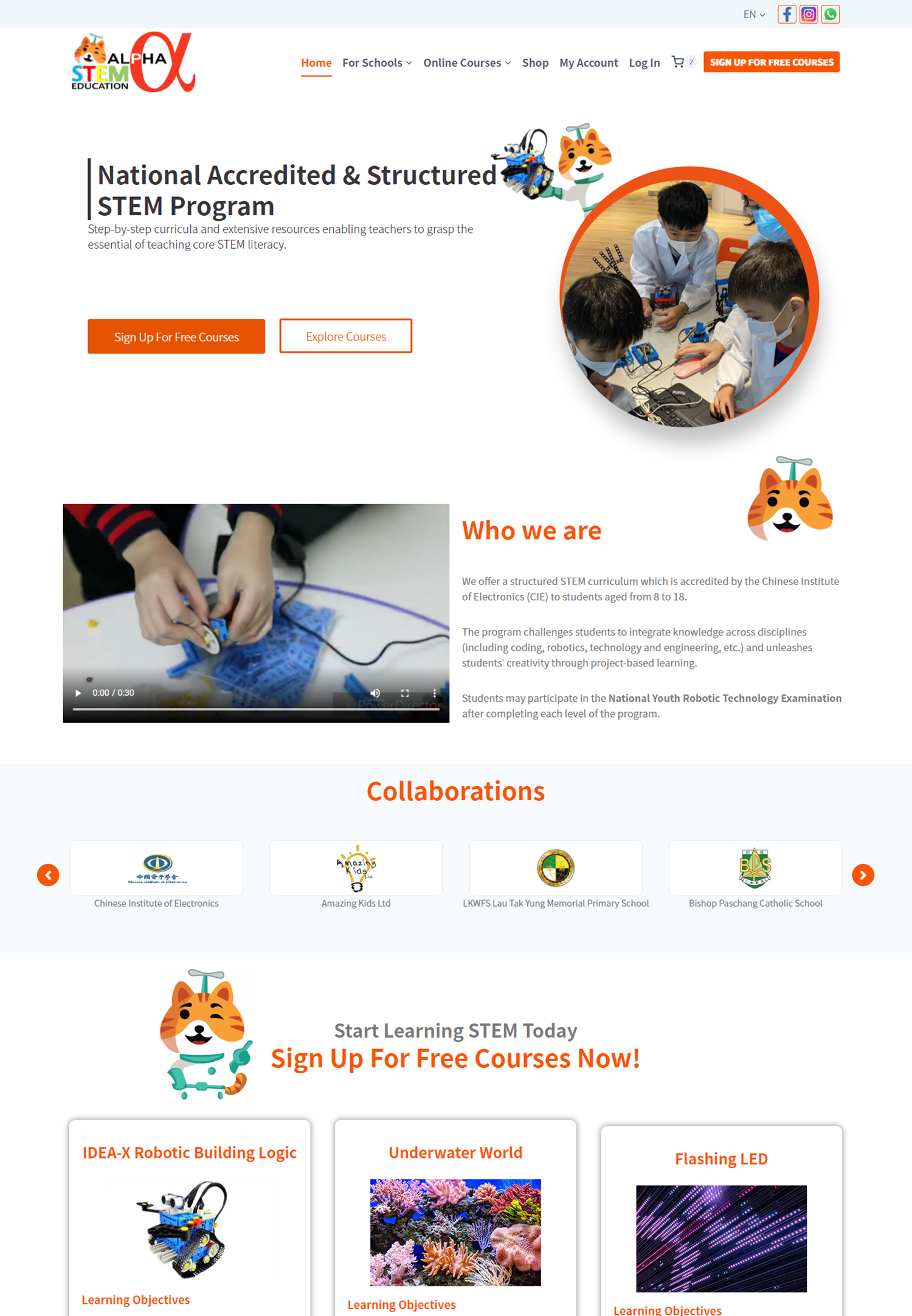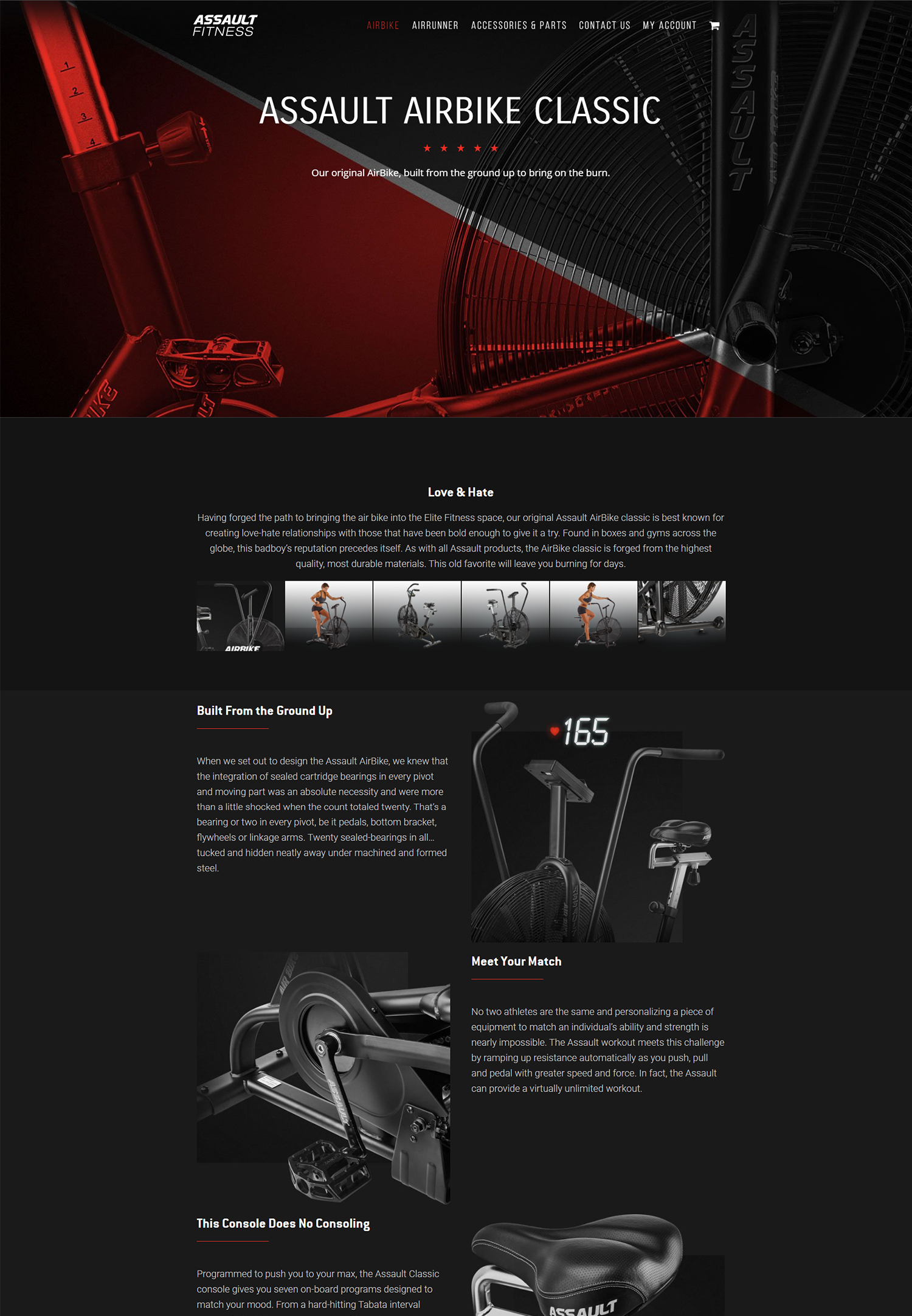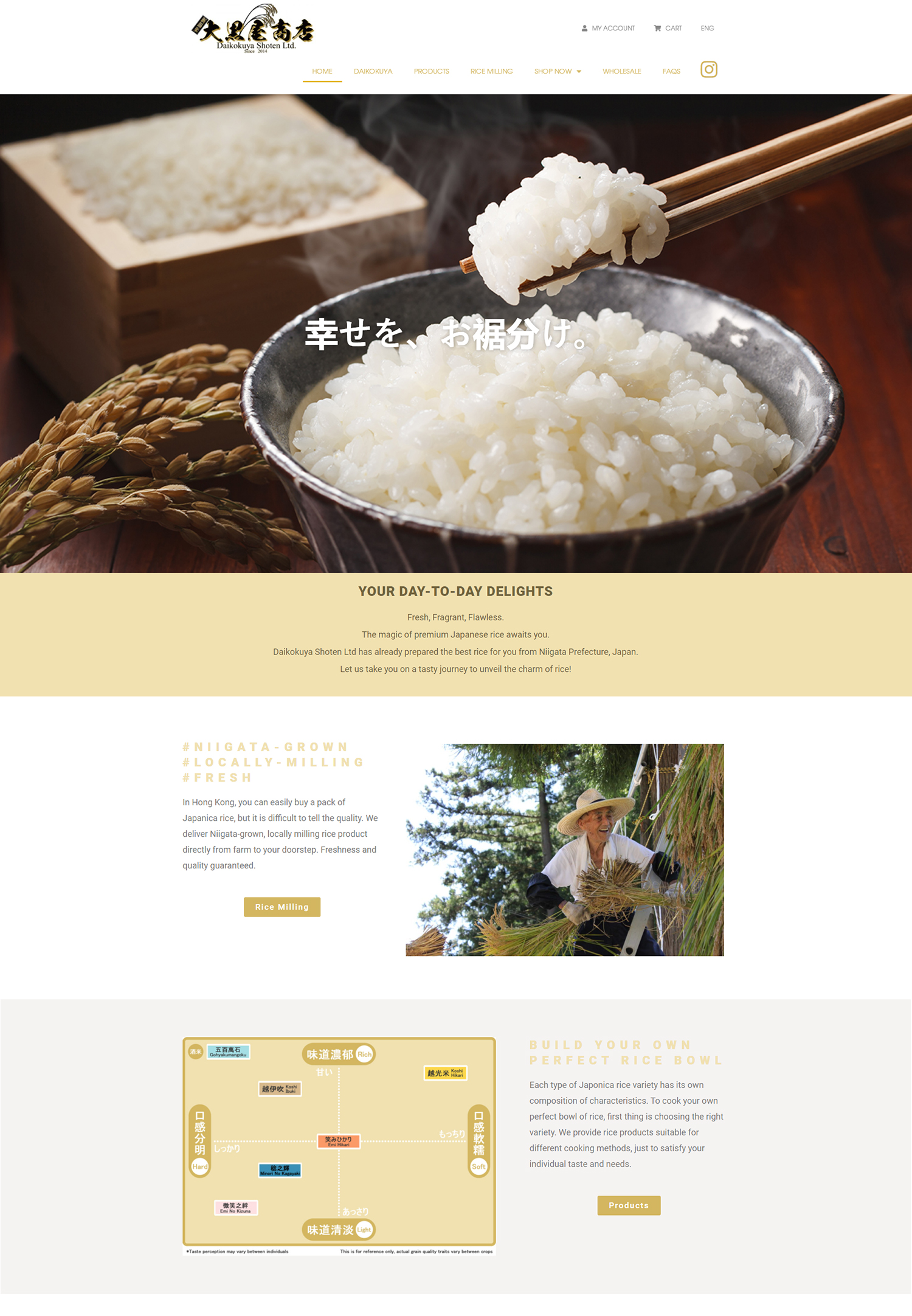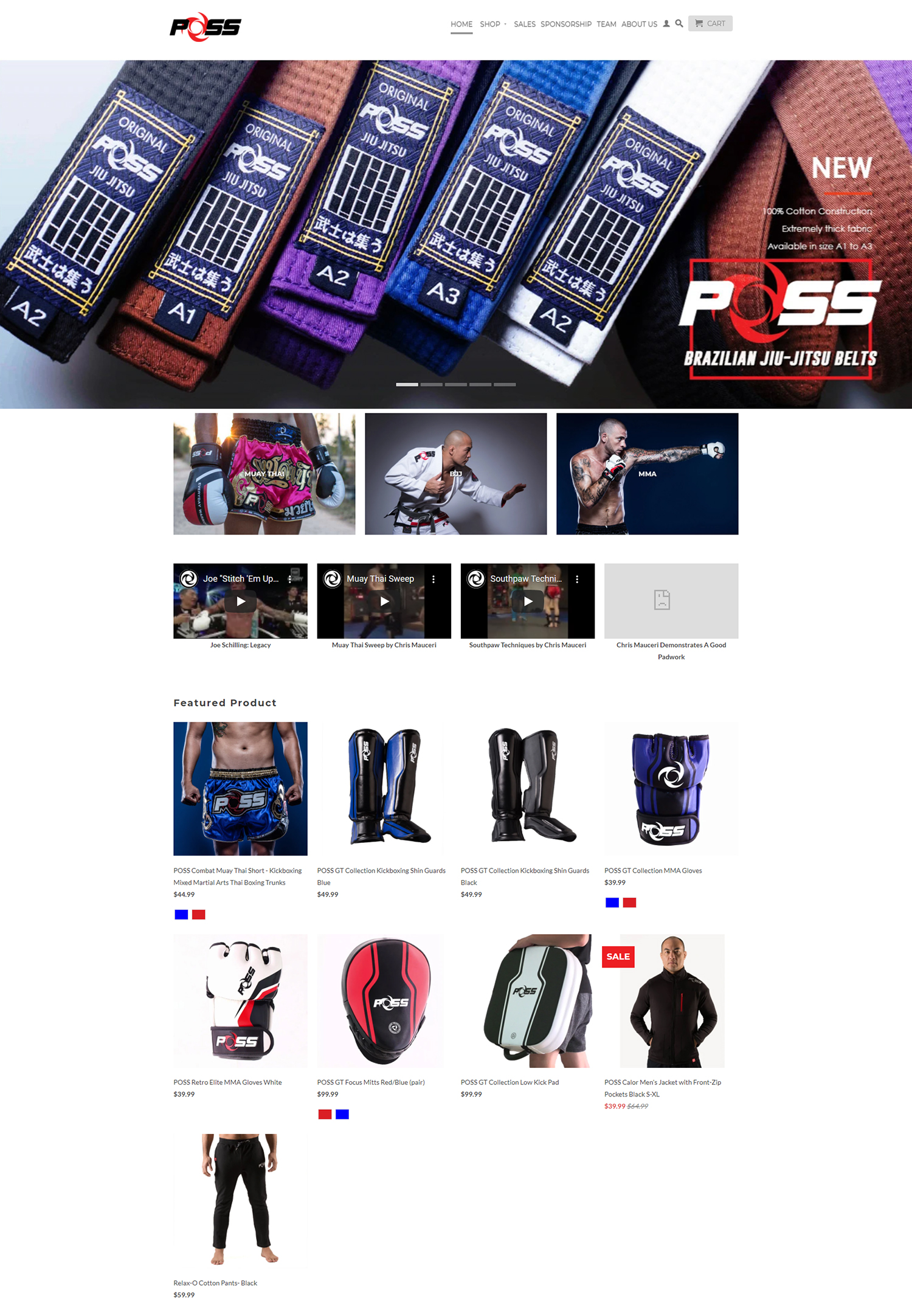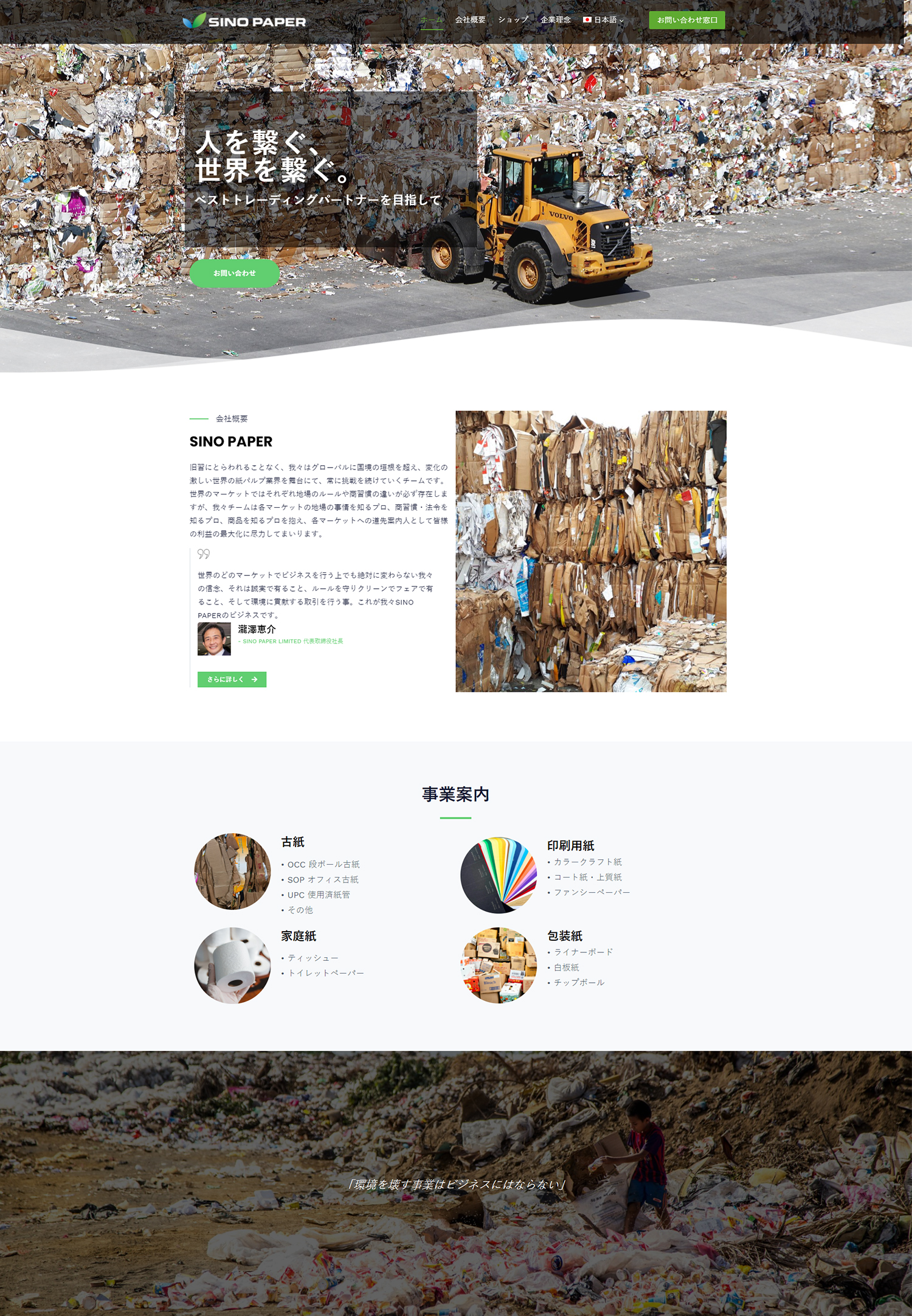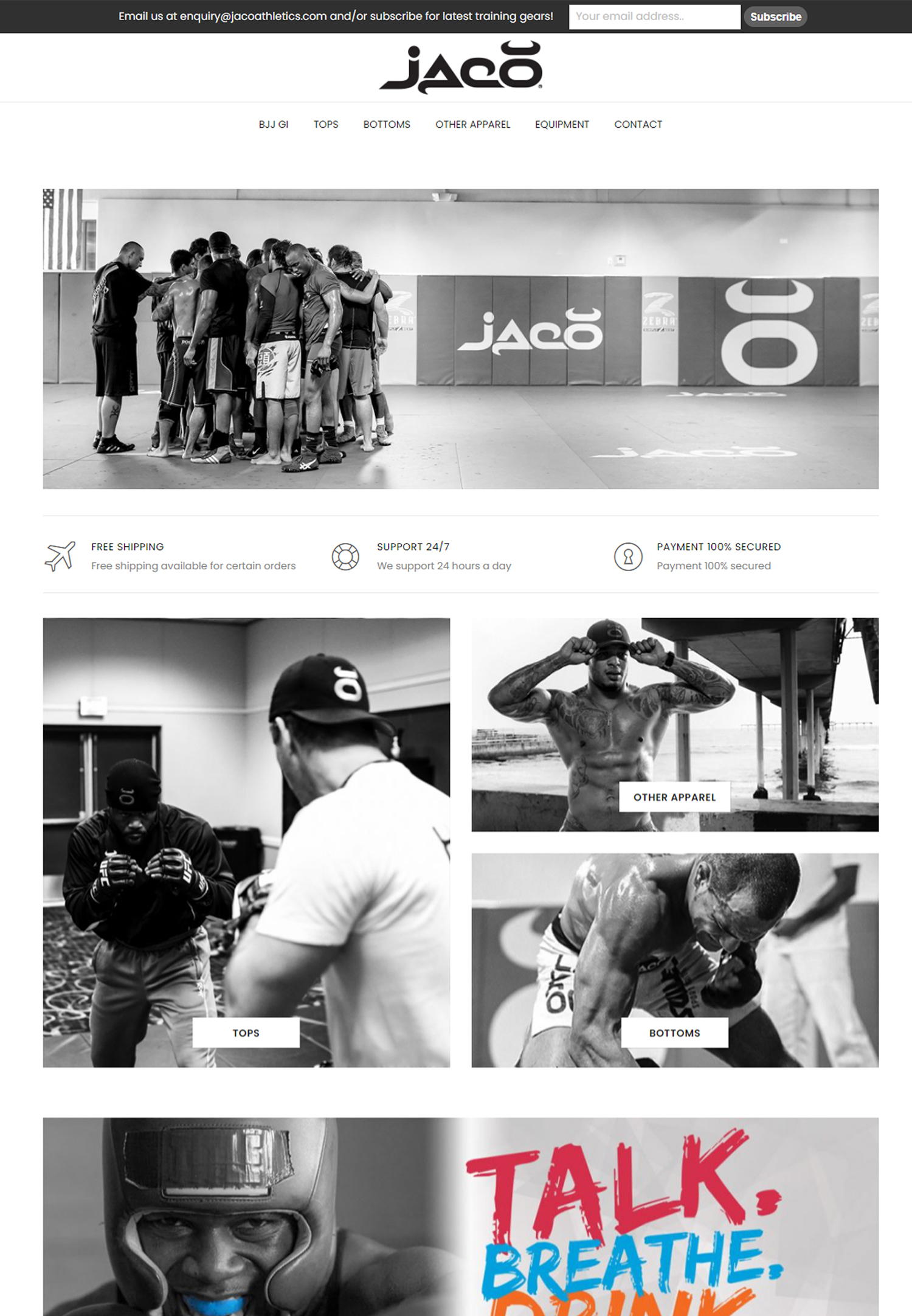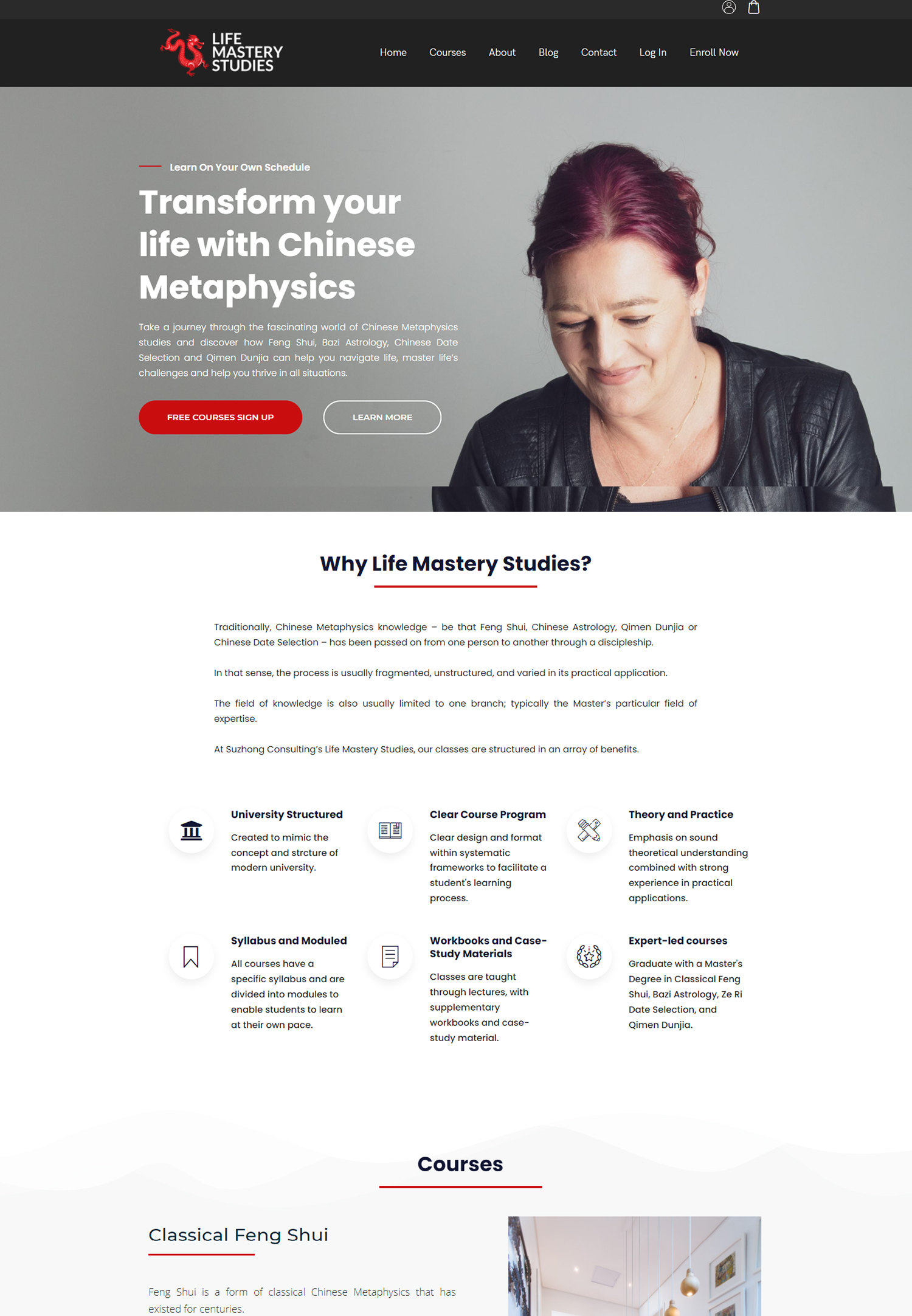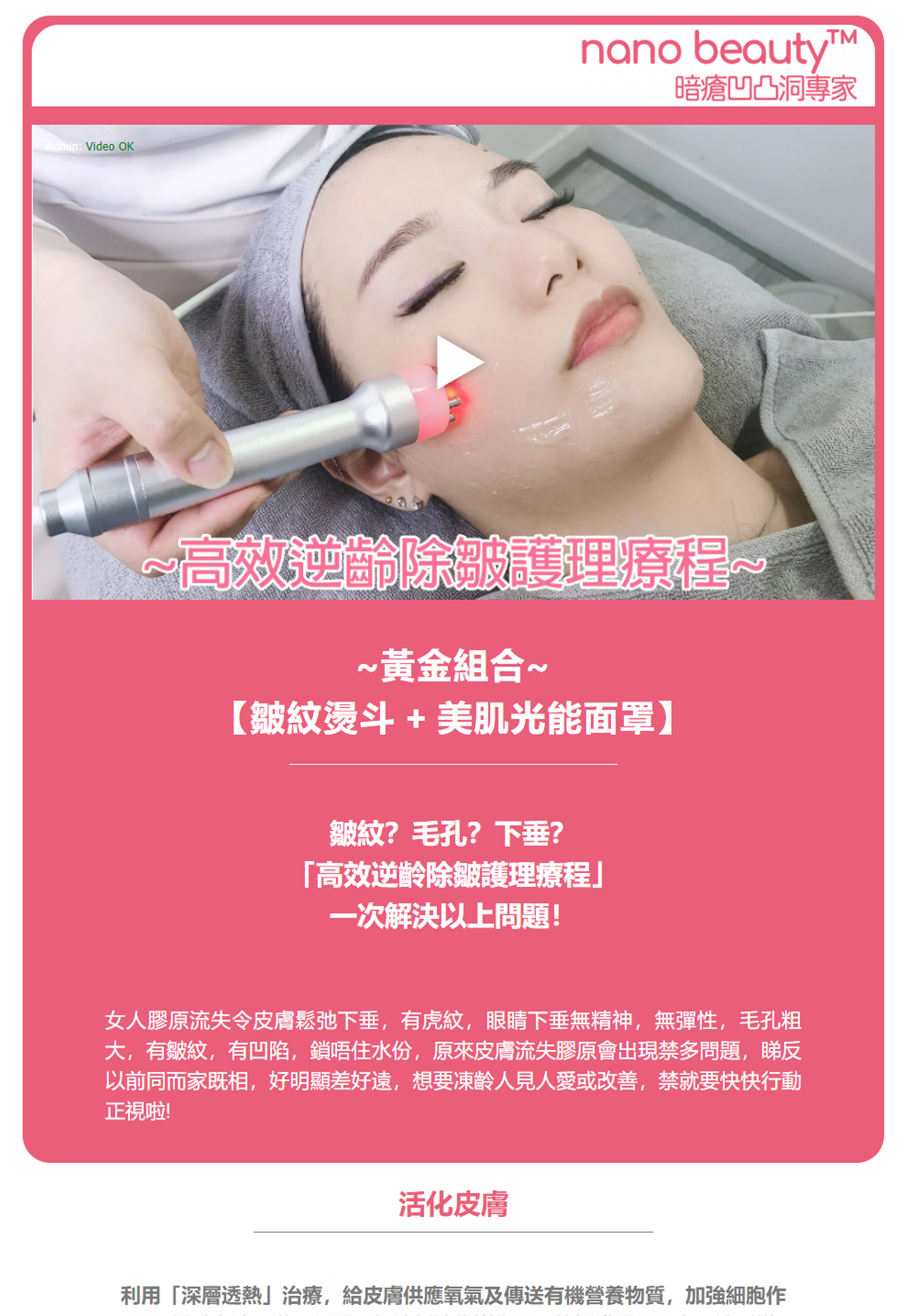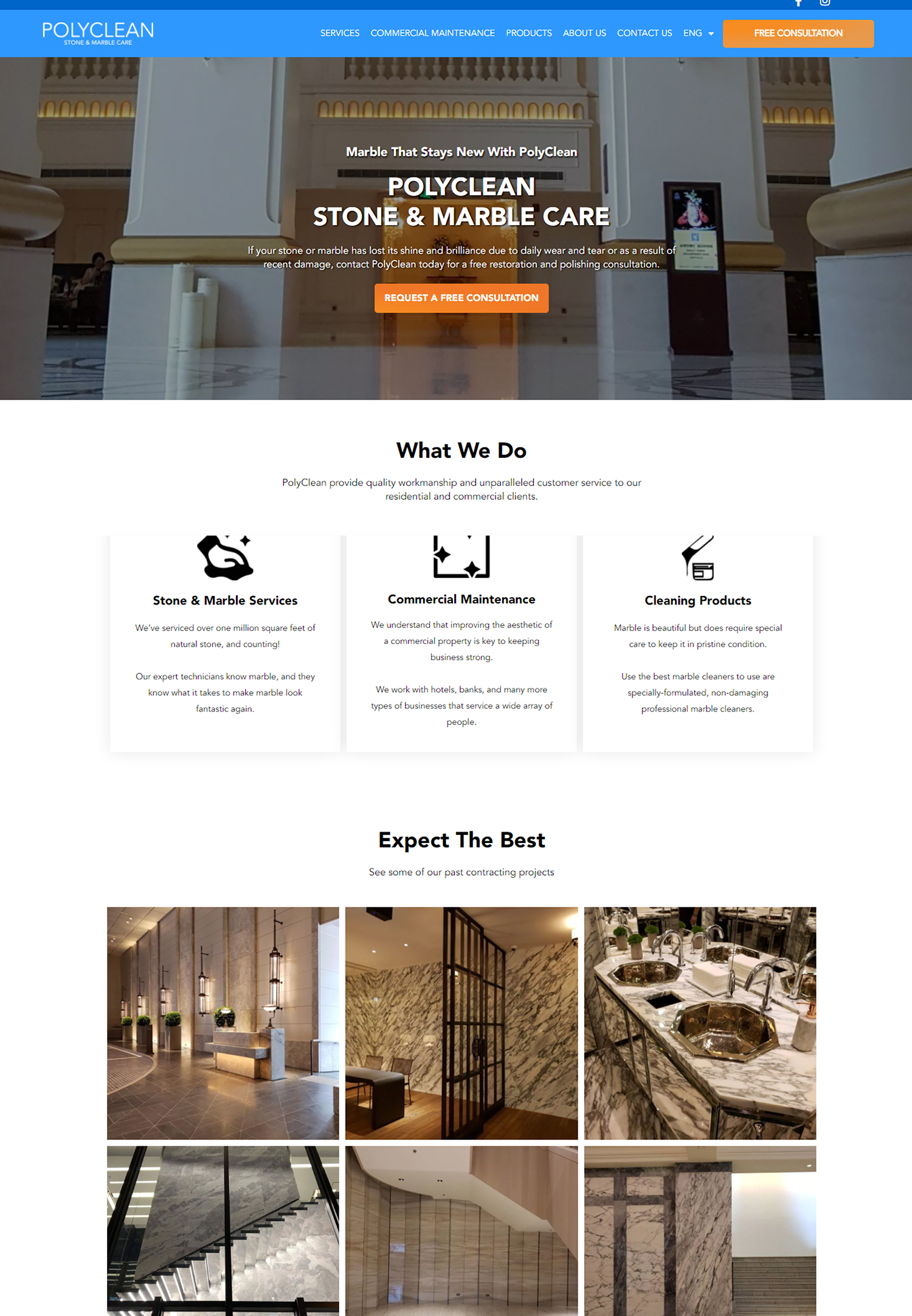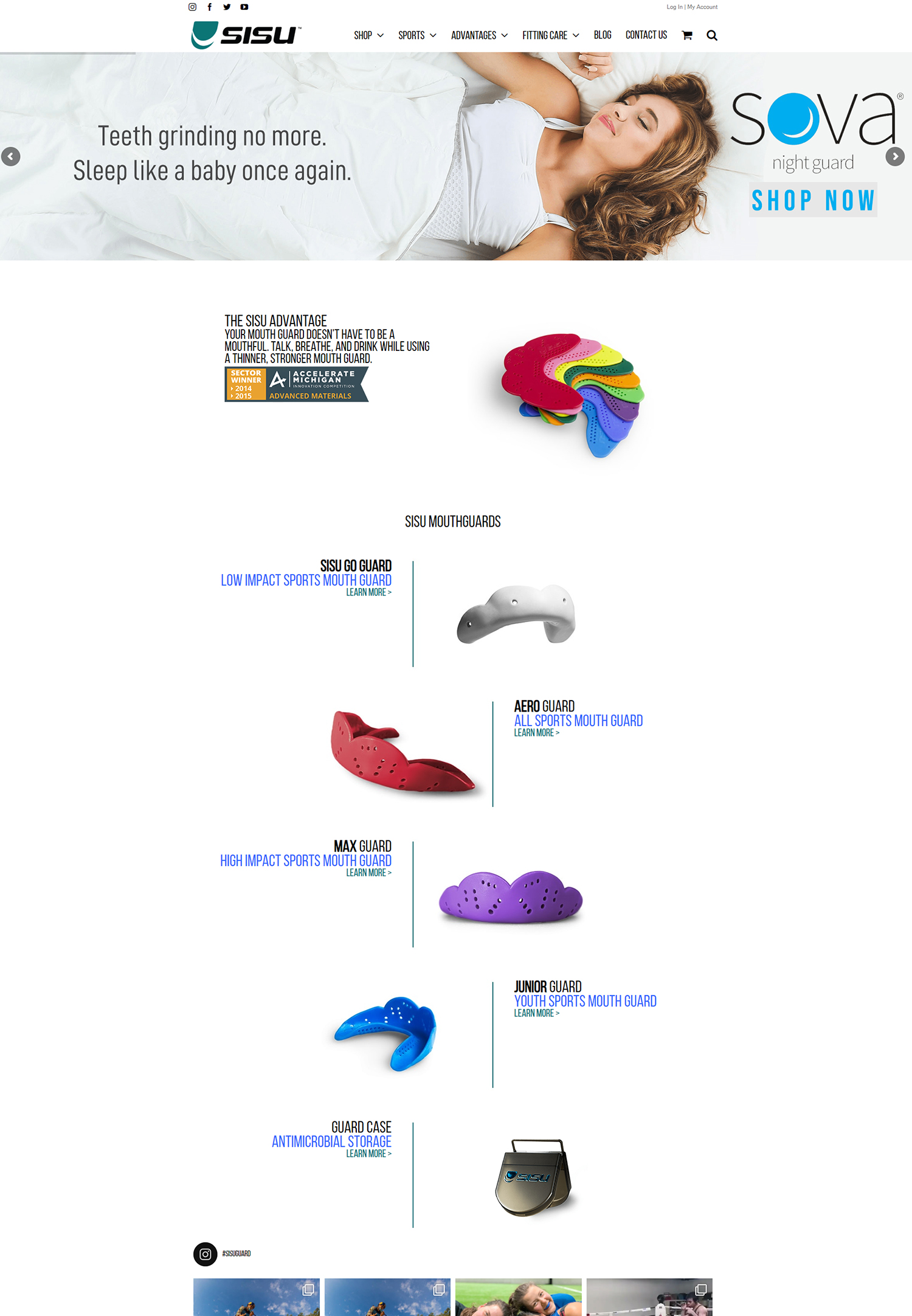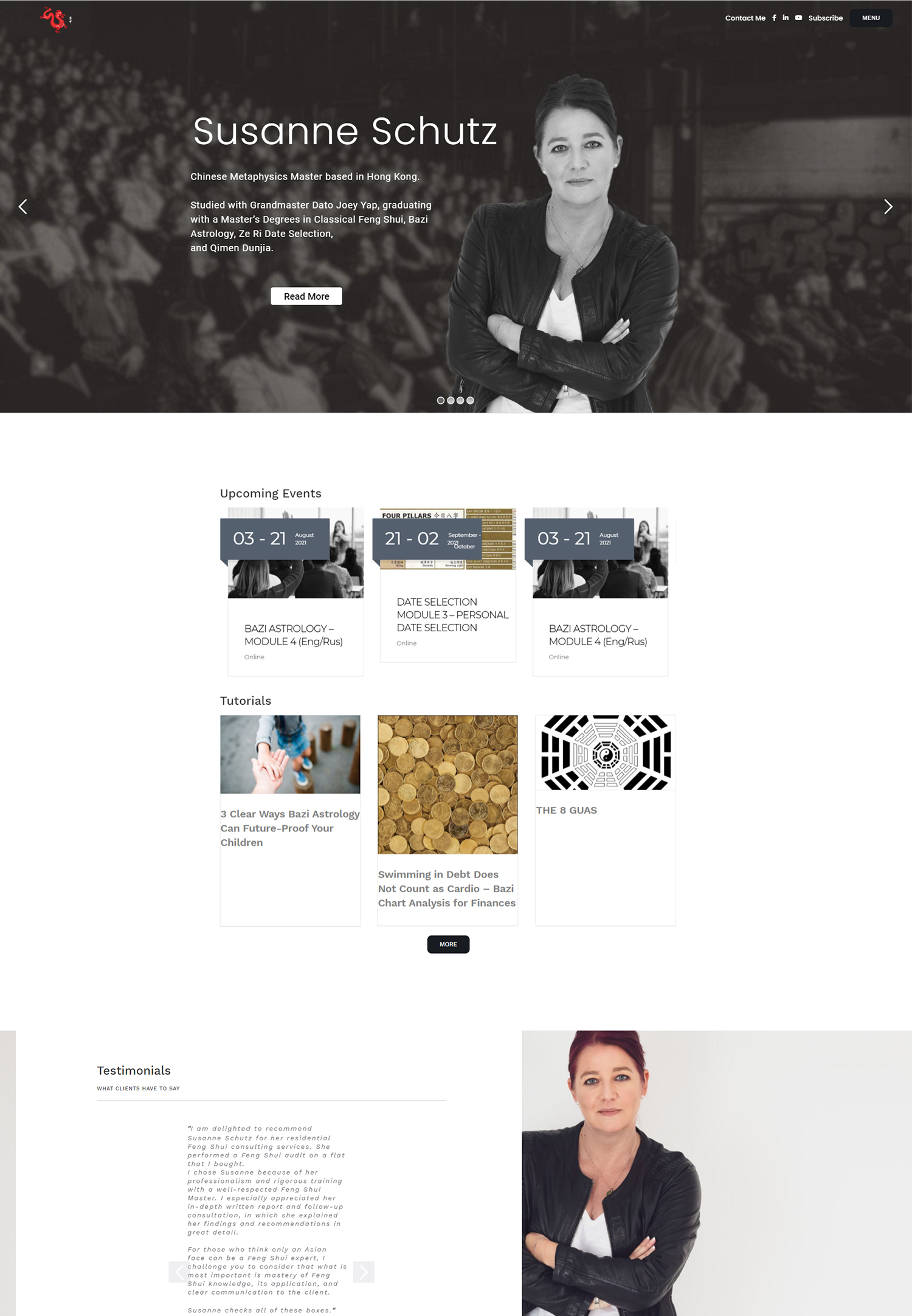In the world of digital marketing, backend funnels serve as a crucial component in maximizing customer lifetime value. At its core, a backend funnel is a series of offers presented to customers after they have made an initial purchase. This strategy allows us to capitalize on the momentum of a customer’s buying decision, guiding them toward additional products or services that complement their original purchase.
By understanding the structure and purpose of backend funnels, we can create a seamless experience that not only enhances customer satisfaction but also boosts our revenue. The primary goal of a backend funnel is to nurture the relationship with our customers. Once they have committed to a purchase, they are more likely to consider additional offers, especially if those offers align with their interests and needs.
This is where we can leverage data and insights from previous customer interactions to tailor our offerings. By analyzing purchasing behavior and preferences, we can design a backend funnel that resonates with our audience, ultimately leading to increased sales and customer loyalty.
Key Takeaways
- Backend funnels are a series of steps designed to maximize revenue from existing customers by offering additional products or services.
- Upsells are a powerful way to increase revenue by offering customers a higher-priced or upgraded version of their original purchase.
- Downsells are a strategy to retain customers who may be hesitant to make a larger purchase by offering a lower-priced alternative.
- Warranties can help maximize profit in backend funnels by providing customers with added value and peace of mind.
- Crafting compelling offers for upsells is essential for enticing customers to make additional purchases and increase their overall spend.
Leveraging Upsells to Increase Revenue
Upselling is one of the most effective strategies we can employ within our backend funnels. By presenting customers with higher-value alternatives or complementary products at the point of sale, we can significantly enhance our average order value. For instance, if a customer purchases a camera, offering them an upsell for a premium lens or an extended warranty can be an enticing proposition.
This not only increases our revenue but also enriches the customer’s experience by providing them with options that enhance their initial purchase. To effectively leverage upsells, we must ensure that our offers are relevant and valuable to the customer. This requires a deep understanding of our target audience and their preferences.
We can utilize customer segmentation to tailor our upsell offers based on demographics, past purchases, and browsing behavior. By presenting personalized recommendations, we create a sense of exclusivity and urgency that encourages customers to take action. Additionally, incorporating social proof—such as testimonials or reviews—can further enhance the appeal of our upsell offers, making them more compelling.
Implementing Downsells to Retain Customers
While upselling is a powerful tool for increasing revenue, we must also be prepared for situations where customers may hesitate or decline our initial offers. This is where downsells come into play. A downsell is an alternative offer presented to customers who may not be ready to commit to a higher-priced product or service.
By providing a more affordable option, we can retain potential customers who might otherwise abandon their purchase altogether. Implementing downsells requires us to be strategic in our approach. We should analyze the reasons behind customer hesitations and craft downsell offers that address those concerns.
For example, if a customer is hesitant about purchasing a premium subscription due to cost, offering a basic version at a lower price can be an effective way to keep them engaged. This not only helps us retain customers but also opens the door for future upsell opportunities once they see the value in our offerings.
Maximizing Profit with Warranties
Warranties play a pivotal role in backend funnels by providing customers with peace of mind regarding their purchases. When we offer warranties on our products or services, we not only enhance their perceived value but also build trust with our customers. A warranty assures them that we stand behind our products and are committed to their satisfaction.
This can be particularly important in industries where customers may have concerns about quality or longevity. Incorporating warranties into our backend funnels can also serve as an additional revenue stream. We can offer extended warranties or service plans as upsell options, allowing customers to invest in added protection for their purchases.
By clearly communicating the benefits of these warranties—such as hassle-free replacements or repairs—we can encourage customers to see them as worthwhile investments rather than mere add-ons. This not only maximizes our profit margins but also enhances customer loyalty as they feel more secure in their purchasing decisions.
Crafting Compelling Offers for Upsells
Creating compelling offers for upsells requires a blend of creativity and strategic thinking. We must consider what makes an offer irresistible to our customers while ensuring it aligns with their needs and desires. One effective approach is to highlight the unique benefits of the upsell product or service, emphasizing how it enhances the original purchase.
For instance, if we are selling fitness equipment, an upsell for personalized training sessions can be framed as an opportunity for customers to achieve their fitness goals more effectively. Additionally, incorporating limited-time promotions or exclusive discounts can create a sense of urgency that encourages customers to act quickly. By framing our upsell offers as time-sensitive opportunities, we tap into the psychology of scarcity, prompting customers to make decisions based on fear of missing out.
Furthermore, using persuasive language and visuals in our marketing materials can enhance the appeal of our upsell offers, making them more enticing and memorable.
Strategies for Effective Downsells
When it comes to downsells, our approach should focus on empathy and understanding. We need to recognize that not every customer will be ready to invest in higher-priced options, and that’s perfectly okay. Our goal is to provide alternatives that still meet their needs while keeping them engaged with our brand.
One effective strategy is to present downsell offers immediately after a customer declines an upsell, ensuring that they feel valued rather than pressured. Another key strategy is to emphasize the value of the downsell offer without diminishing the original product’s worth. We can frame the downsell as a smart choice that still provides significant benefits, allowing customers to feel good about their decision.
For example, if a customer declines a premium software package, we might present them with a basic version that still offers essential features at a lower price point. This approach not only retains customers but also positions us as a brand that genuinely cares about their needs and budget.
The Importance of Warranties in Backend Funnels
Warranties are not just an afterthought; they are integral to building trust and credibility within our backend funnels. When customers know that they have protection against defects or issues with their purchases, they are more likely to proceed with confidence. This assurance can be particularly impactful in industries where products may require significant investment or where quality concerns are prevalent.
Moreover, offering warranties can differentiate us from competitors who may not provide similar assurances. By highlighting our commitment to customer satisfaction through warranties, we position ourselves as a reliable choice in the marketplace. This not only enhances customer loyalty but also encourages repeat business as satisfied customers are more likely to return for future purchases knowing they have support if needed.
Tips for Successful Implementation of Backend Funnels
To successfully implement backend funnels, we must prioritize clarity and simplicity in our messaging. Customers should easily understand the value of each offer presented within the funnel without feeling overwhelmed by choices. Streamlining the purchasing process and minimizing friction points will enhance the overall experience and increase conversion rates.
Additionally, continuous testing and optimization are essential components of successful backend funnels. We should regularly analyze performance metrics such as conversion rates and customer feedback to identify areas for improvement. A/B testing different offers, pricing strategies, and messaging can provide valuable insights into what resonates best with our audience.
Finally, fostering open communication with our customers is vital for long-term success. By actively seeking feedback and engaging with them through surveys or follow-up emails, we can gain insights into their preferences and pain points. This information will enable us to refine our backend funnels further and create offers that truly resonate with our audience.
In conclusion, backend funnels represent a powerful strategy for maximizing revenue and enhancing customer relationships. By understanding the fundamentals of upsells and downsells, leveraging warranties effectively, crafting compelling offers, and implementing best practices, we can create a seamless experience that drives both sales and customer loyalty. As we continue to refine our approach and adapt to changing market dynamics, we position ourselves for sustained success in the ever-evolving landscape of digital marketing.






